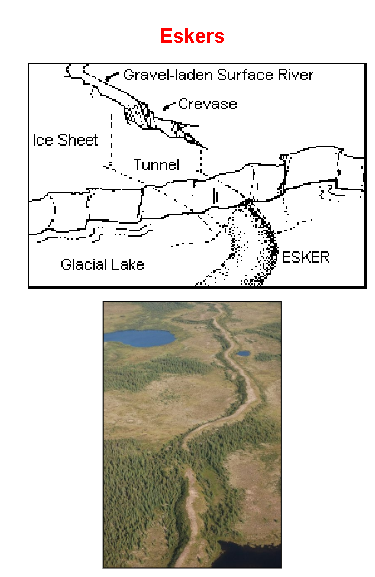Biogeography exam 2- Ashton Sanchez
1/123
There's no tags or description
Looks like no tags are added yet.
Name | Mastery | Learn | Test | Matching | Spaced |
|---|
No study sessions yet.
124 Terms
small scale dispersal
A small-scale ecological
process that is part of the life
history of every species
large scale dispersal
Some dispersal is large-scale:
changes a species’ geographical
distribution
To change a species’ geographical distribution, the species must be able to:
Travel to a new area
Withstand unfavorable conditions during the move
survive after arrival (viable population)
Jump Dispersal
Long-distance dispersal accomplished by movement of individuals within a relatively short period
Diffusion
Much slower than jump dispersal
Typically occurs over generations by populations gradually spreading out from the
margins of a species’ previous range
May follow one another
Secular Migration
Expansion occurring over timescales of many generations, providing
opportunities for evolutionary change
active dispersal
mowing under own power- example monarch butterfly
passive dispersal
carried by physical agent such as wind water or another organism- common in plants such as diaspores (dandelion)
phoresy
small animals are transported long distance by other animals
barrier to dispersal one
physiological
temperature
salinity
change in elevation tends to be a greater barrier to dispersal in tropics compared to higher latitudes
aquatic organisms cannot regulate water and salt balance when facing other environment from normal
barriers to dispersal two
ecological/physical
habitat selection- ability to recognize and respond appropriately to favorable enviornments
corridor
A dispersal route that permits the movement of many or most species of a
particular taxon between one region and another
tethyan seaway

Filter
A dispersal route that is more restrictive than a corridor. It selectively blocks
the passage of certain forms while allowing those able to tolerate the
conditions of the barrier to migrate freely
Sweepstakes
Barriers only crossed by rare, chance interchanges
Active vs passive dispersal curves

How can habitat selection influence the ability of a species to establish itself after dispersal?
It determines if a disperser finds resources for survival and reproduction. Poor selection leads to death, while good selection allows a population to grow.
Propagule
It is the group of individuals that disperses to found a new population. Its size and genetic diversity influence establishment success.
How can the type of reproduction influence the ability to establish a population?
Species with asexual reproduction can establish from a single individual. Sexual species require mates, making establishment harder in low-density areas.
Evolutionary Species Concept
A lineage with its own evolutionary history and fate. It emphasizes a single, continuous lineage through time.
Morphological Species Concept
Groups of individuals that are morphologically similar to one
another and are morphologically distinct from other such groups
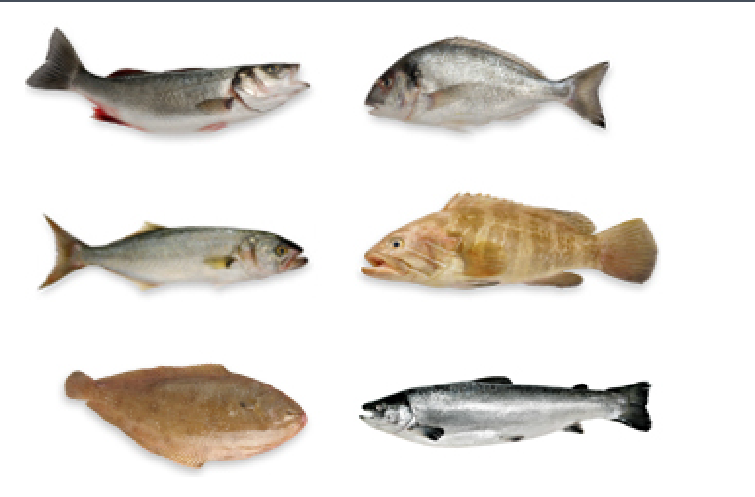
Biological Species Concept
Species are groups of actually or potentially interbreeding
populations that are reproductively isolated from other such groups
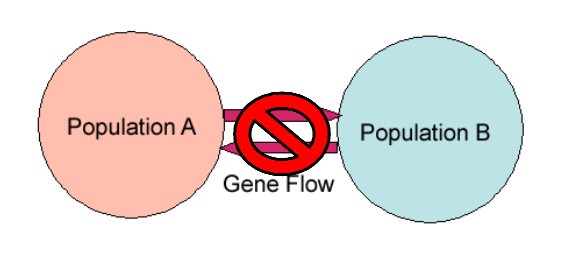
Phylogenetic Species Concept
Smallest possible group descending from a common ancestor and
recognizable by unique, derived traits (smallest monophyletic groups)
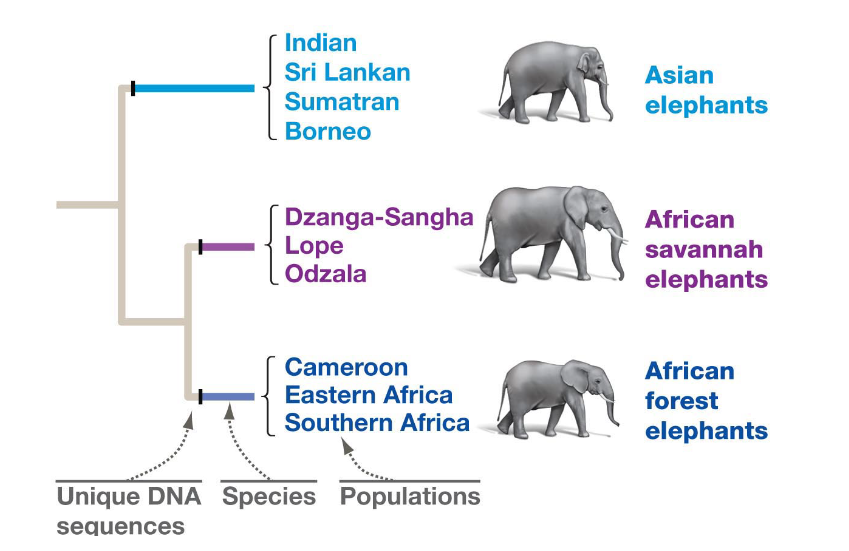
What is a subspecies?
A subspecies is an
aggregate of phenotypically
similar populations of a
species inhabiting a
geographic subdivision of
the range of that species and
differing taxonomically from
other populations of that
species."
Peromyscus (deer mouse) – found in different
ecological conditions
What is the difference between microevolution and macroevolution?
micro-within species
macro-speciation
Cladogenesis
a branching process in which new kinds of organisms
originate from a single ancestral species
Reticulate speciation
new species can also arise through hybridization
Anagenesis (phyletic speciation)
the transformation of an ancestral
species into a single descendant species by accumulation of changes
over many generations
What are the 4 main forces of evolution?
mutation
gene flow
genetic drift
natural selection
Understand how geographic variation in organisms is generated by differences in gene flow and local adaptation
A geographic component to genetic divergence
Both genetic drift and natural selection are facilitated, and gene flow is
impeded, by geographic isolation
What is a ring species?
Substantial interbreeding among adjacent
populations along the contiguous ring
Apparent reproductive isolation between
the terminal subspecies in the complex

Be able to describe allopatric speciation (modes I and II)
o Understand the Galapagos tortoise and Darwin’s Finches examples
Allopatric speciation:
Requires geographic isolation
Sympatric speciation:
Does NOT require geographic
isolation
Allopatric speciation mode I: Vicariance
An ancestral species (a) widely distributed throughout a geographic area
Original species distribution subdivided by the formation of a
geographic barrier (vicariance)
With gene flow prevented, populations diverge from one another over time and
eventually can be rec-ognized as separate species, b and c.
allopatric speciation mode 2: peripheral isolates (founder events)
Random dispersal of members of the geographically wide-spread species a to
peripheral areas initiates new, geographically isolated populations
Over time, the new peripherally isolated populations diverge to form new species b, c,
and d
In the context of allopatric speciation, what is reinforcement?
he increase of reproductive isolation between
populations through selection against hybrid offspring
sympatric speciation and cause
If the geographic overlap of populations of the ancestral species is extensive
Speciation without geographic isolation, often driven by ecological specialization or polyploidy. It can occur within a single population's range.

parapatric speciation and cause
If the populations are largely allopatric but overlap in a narrow zone where
depressed fitness of the offspring of interpopulation matings leads to
selection for isolating mechanisms
Speciation between adjacent populations with limited gene flow. Divergence happens along an environmental gradient without a full physical barrier.

aneuploidy
A single chromosome breaks or fuses with another to change the total number by
plus or minus one
polyploidy (autopolyploidy and allopolyploidy)
An entire additional set of chromosomes is passed on, changing the number by some multiple (e.g., a doubling or tripling
autopolyploidy-within a population
allopolyploidy-result of hybridization between different but closely related populations or species
What is an adaptive radiation?
cichlid and pupfish examples
The rapid evolution of many diverse species from a common ancestor, filling various ecological niches. It is often triggered by new habitats, key innovations, or freed-up resources.
forces that causes diversification and lead to adaptive radiations
competitive exclusion
character displacement
competitive exclusion
Two or more resource-limited species cannot persist in a stable
environment without segregation of their realized niches
In biogeographic terms:
Species that are extremely similar in their niches tend to have non-
overlapping geographic distributions
Species that coexist in the same area and habitat tend to differ
substantially in their resource use
character displacement
Character Displacement
Species tend to be more different from one another where they occur together, presumably reflecting
adaptive divergence that reduces competition
adaptive radiation examples
darwins finches
Red queen hypothesis
A species must continually evolve to keep pace with an ever-changing environment
Abiotic conditions are shifting
All the other species are evolving, altering the availability of resources and the
patterns and processes of biotic interactions
The probability of extinction is constant over time
background extinction
he normal rate of extinction for a taxon or biota
mass extinction
statistically significant increase above background
extinction rate
number of mass extinctions
five
general causes of mass extinction
Massive volcanism, asteroid impacts, and dramatic changes in sea level or climate.
primary cause of permian mass extinction
Massive volcanic eruptions in the Siberian Traps, leading to extreme global warming and ocean anoxia.
primary cause of end-cretateous mass extinction
A large asteroid impact at Chicxulub, Mexico, causing a "impact winter.”
bradytelic
very slow speciation
horotelic
standard rate of speciation
tachytelic
very fast speciation
gradualism and punctuate equilibrium
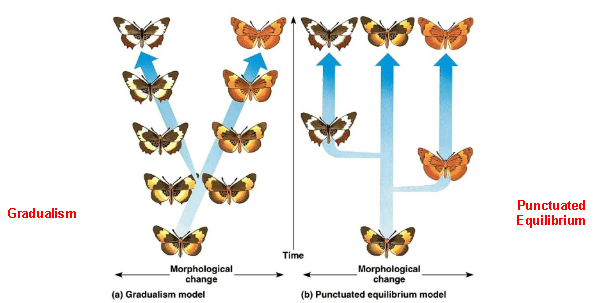
How does species selection influence the probability of a species going extinct?
Species must have emergent and heritable traits beyond those molded by
microevolutionary processes acting on individuals within a species
How did the rise of mammals differ from the rise of angiosperms?
explosive radiation of placental mammals vs gradual radiation of angiosperms
Chronological order of eons
phanerozoic
Precambrian
chronological order of eras
cenozoic
mesozoic
paleozoic
order of periods
quaternary
tertiary
cretaceous
jurrassic
triassic
permian
pennslyvanian
mississippian
devonian
silurian
ordovician
cambrian
order of cenozoic epochs
quarternary
neogene
paleogene
Stratigraphy
Each layer of sedimentary origin (and at least some of metamorphic origin) in a stratigraphic column
contains a unique assemblage of fossils characteristic of a particular time span
Layers of rock: strata (singular: stratum)
oldest straa will lie at bottom (law of superposition)
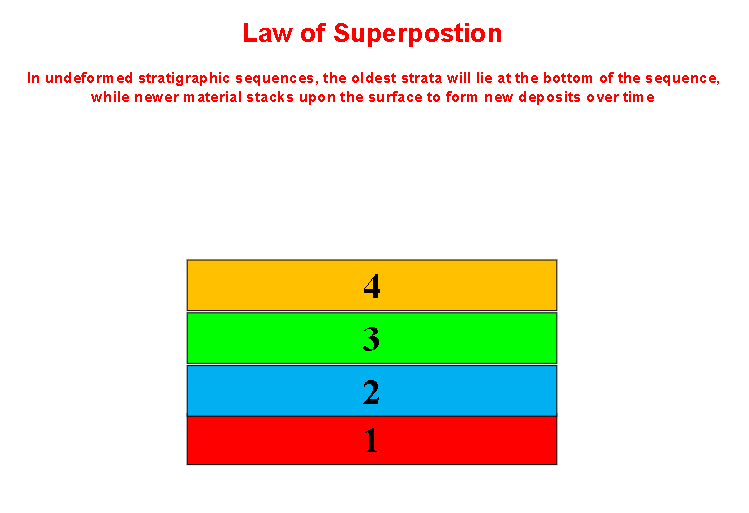
The use of index fossils
Fossil assemblages used to correlate ages of rock strata in one region with
those in distant localities

Dendrochronology
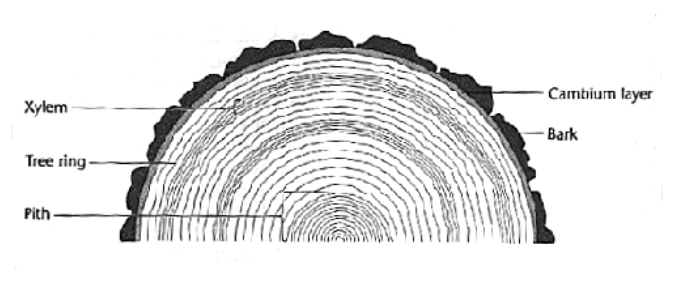
absolute dating
How are radioactive isotopes used?
The decay of unstable parent isotopes into stable daughter isotopes at a constant rate is measured.
absolute dating
What is a half-life?
The time it takes for half of the parent isotope in a sample to decay into the daughter product.
Who was Alfred Wegener?
A meteorologist who proposed the theory of continental drift.
evidence for continental drift
coastlines fit together like puzzle pieces
geologic similarities between south america africa and india
flood basalts split across continents
what is importance of sea floor spreading
Close to ridge = young
Age increases with distance
importance of paleomegnetism
provides physical evidence for spreading of seafloor
different layers of earth
crust
mantle
outer core
inner core
lithosphere is crust and upper solid part of mantle
types of plate movement
ridge push-pushes up through mantle and forms new parts of plate
mantle drag-friction between mantle and plate create drag force
subduction-plates are pulled into magma
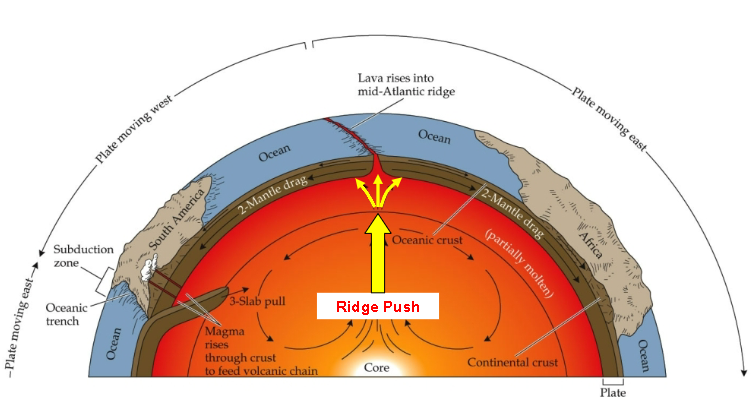
ways in which plate boundaries interact
subduction
spreading
slip strike-plates moving against eachother laterally (left right)
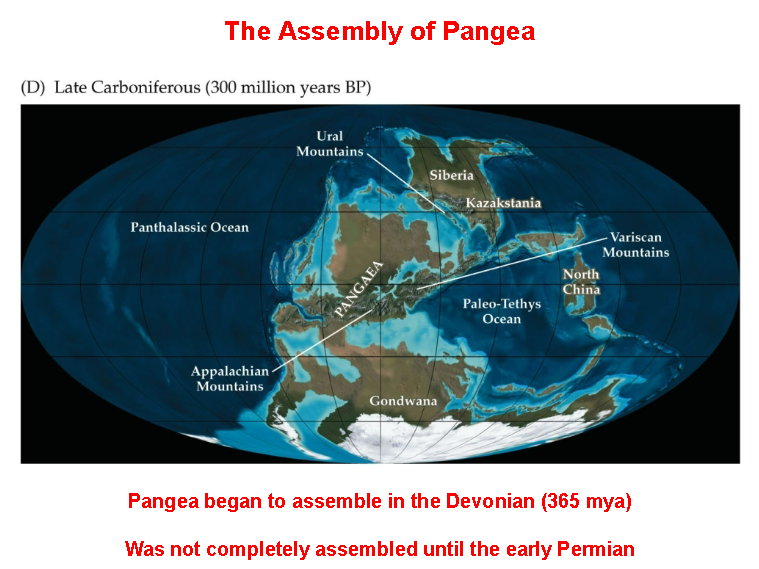
assembly/dissasembly of pangea
begins to assemble in devonian, assembled in permian
begins to break in jurassic, dissasembled in cretaceous
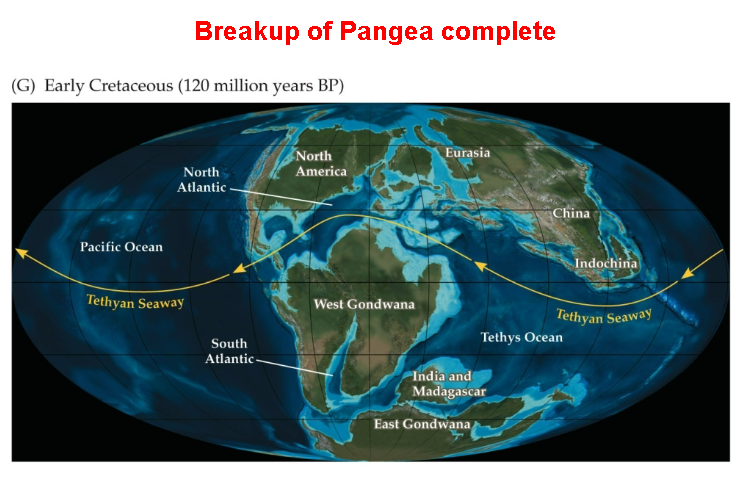
origin of laurasia
jurassic
modern continents of laurasia
Northern landmass that became North America, Europe, and Asia.
origin of gondawana
jurassic
modern contintents of gondwana
Southern landmass that became South America, Africa, Antarctica, Australia, and India.
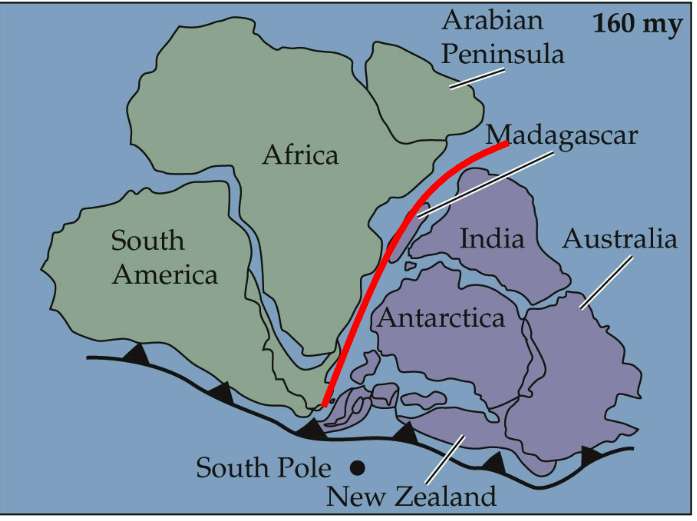
Understand the sequence of events that led to the breakup of Gondwana and the fates of the
separate continents
early jurassic splits into east and west
then splits into north south quadrants
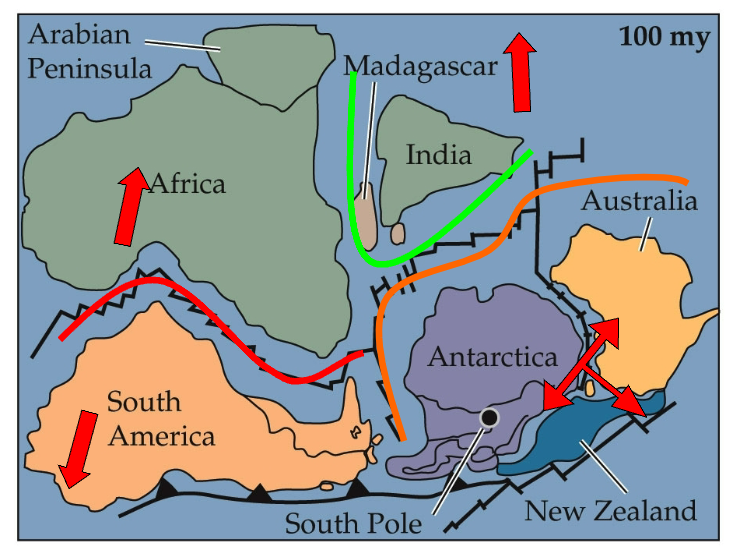
Understand how movements of plates influenced the development of islands in the Pacific Basin
Which plates were involved?
pacific and australian plates
subduction formed island arcs and volcanoes
Understand how movements of plates influenced the Indo-Australian region and Wallacea
Which plates were involved?
eurasian, pacific, indian
What is Wallacea?
A biogeographical region of islands between the Asian and Australian continental shelves. It is a mixing zone with unique species from both regions.
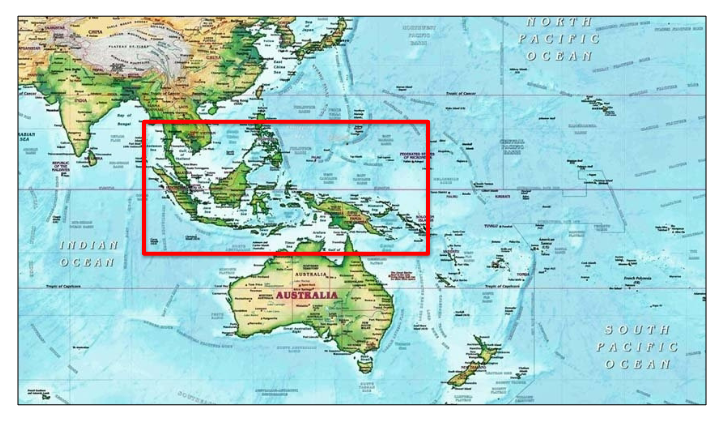
Understand the formation of Central America and the Caribbean
landmass covered by shallow sea, volcanoe formation created islands
What are epeiric (epicontinental) seas?
Shallow seas that cover continental interiors.
How did the direction of the Amazon River change and what was the cause?
It originally flowed west, but the rise of the Andes reversed its flow to the east.
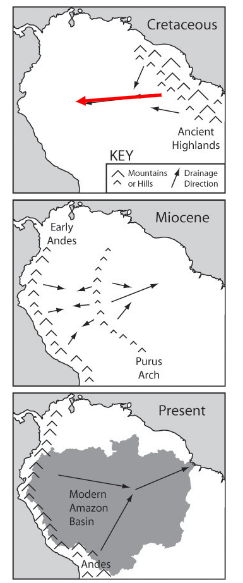
origin of Mediterranean sea
tethyan seaway was cut off by retreat of oceans
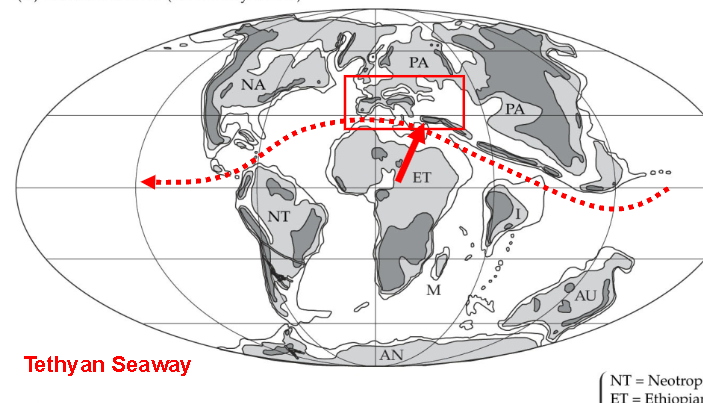
origin of red sea
great rift valley was cutoff by rising landmasses
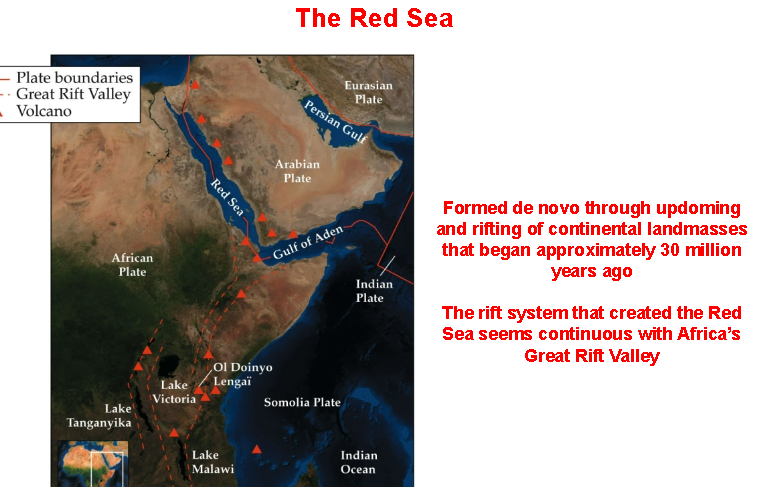
how do hotspots form oceanic islands
Stationary mantle plumes (hotspots) form volcanic island chains as plates move over them.
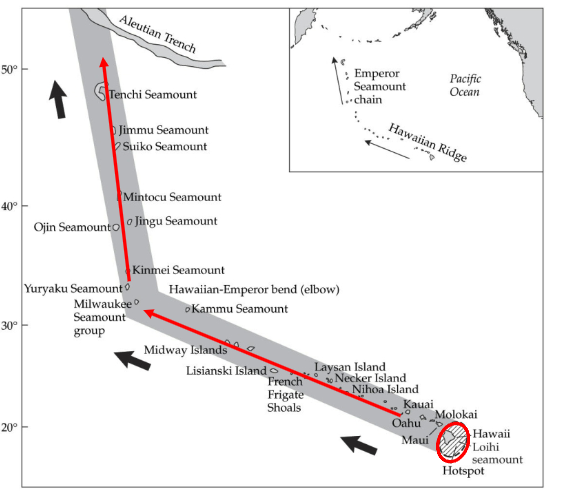
how do triple junctions form oceanic islands
Triple junctions are where three plates meet, creating complex geological features.
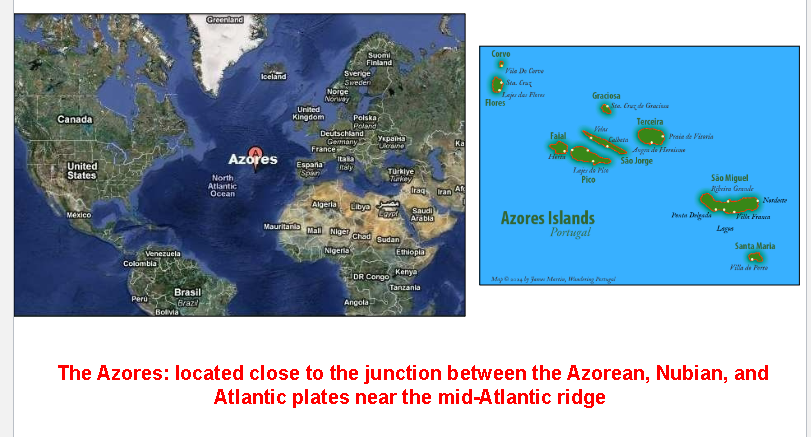
what was the effect of isolation on Antarctica
The separation of Australia and South America from Antarctica established the cold Antarctic Circumpolar Current as
deep water flowed through the Drake Passage (DP) between Antarctica and South America and over South Tasman
Rise (STR) between Australia and Antarctica. Subsequently, reduced mixing of cold Antarctic waters with those of
warmer regions resulted in the onset of global cooling.

Consequences of plate techtonics table
physical isolation of antartica
closure of tethyan seaway
collision of australia with southeast asia
uplift of central american land bridge
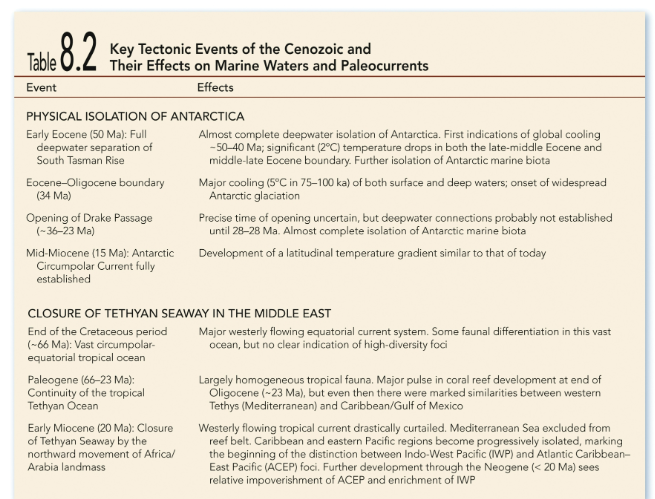
What time period is the Pleistocene?
From about 2.6 million to 11,700 years ago.
last glacial maximum was 18000 yrs ago
What is the difference between a glacial and an interglacial?
A glacial is a cold period with extensive ice sheets. An interglacial is a warmer period between glacials, like the present.
glacial-advancement
interglacial-retreat
proximate cause of glaciation
What is albedo and how does it influence temperature?
The fraction of the incident sunlight that is reflected by a surface
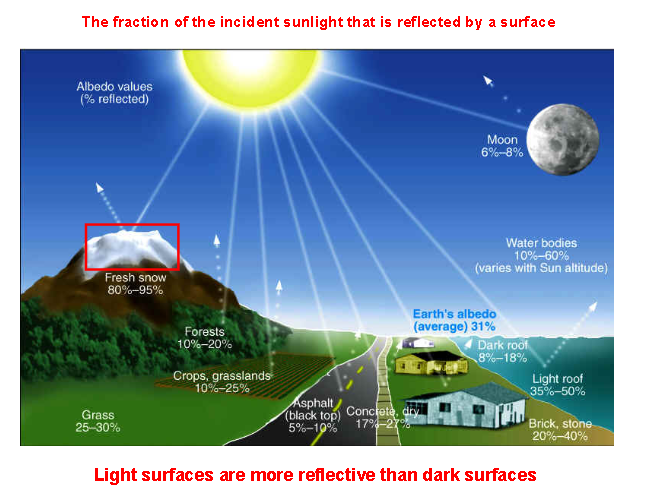
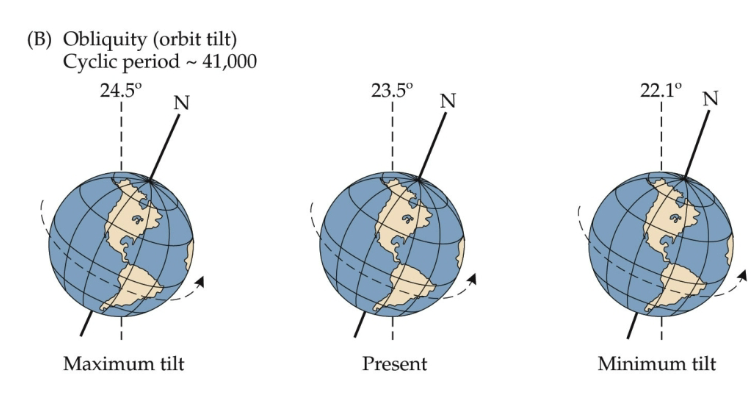
three components of Milankovitch cycles
o Variation in eccentricity-rotation around sun
o Variation in obliquity-turn of earth on axis
o Variation in precession-rotation of earth on its own axis
Changes in the characteristics of Earth’s orbit around the sun have been among the key drivers of
global climate change in the Phanerozoic eon, especially during the Pleistocene epoch
Eccentricity: Shape of Earth's orbit (100,000-year cycle).
Obliquity: Tilt of Earth's axis (41,000-year cycle).
Precession: Wobble of the axis (26,000-year cycle).
how do variables affect isolation and temp in milankovitch cycle
insolation- total solar radiation reaching earth
drives climactic cycles
more prominent area of pleistocene glaciation
More Prominent: Northern North America and Eurasia.
less prominent area of pleistocene glaciation
Less Prominent: The tropics and many deserts.
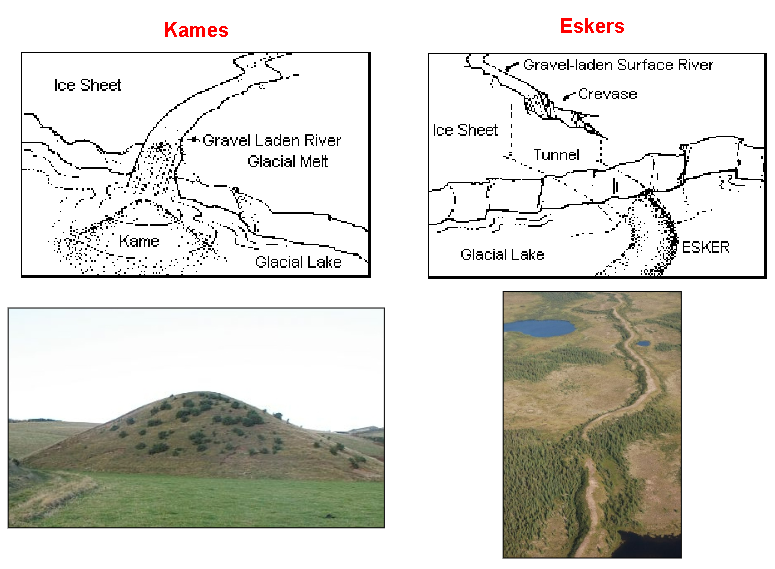
evidence for glaciation
• Glacial till Unsorted sediment deposited directly by glacier ice.
• Drumlins Elongated hills of glacial till, shaped by moving ice.
• Kames Mounds of sand and gravel deposited by meltwater.
• Eskers Long, winding ridges of sand and gravel from subglacial streams.
• Kettle Lakes Lakes formed by melting ice blocks left in glacial deposits.
• Moraines Ridges of till marking the former edges of a glacier.
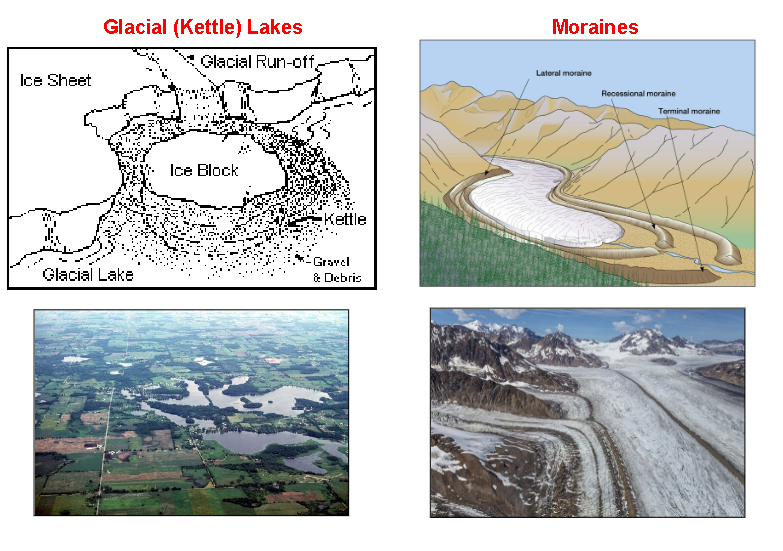
glacial till
• Glacial till Unsorted sediment deposited directly by glacier ice.
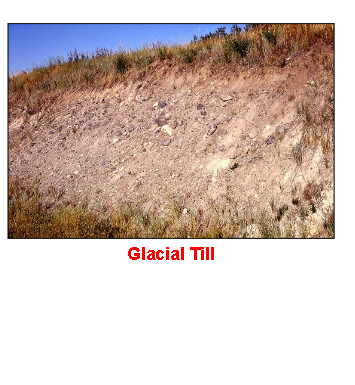
drumlins
• Drumlins Elongated hills of glacial till, shaped by moving ice.

kames
• Kames Mounds of sand and gravel deposited by meltwater.
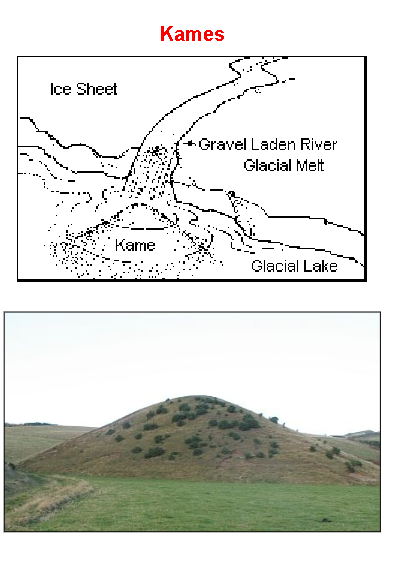
eskers
• Eskers Long, winding ridges of sand and gravel from subglacial streams.
